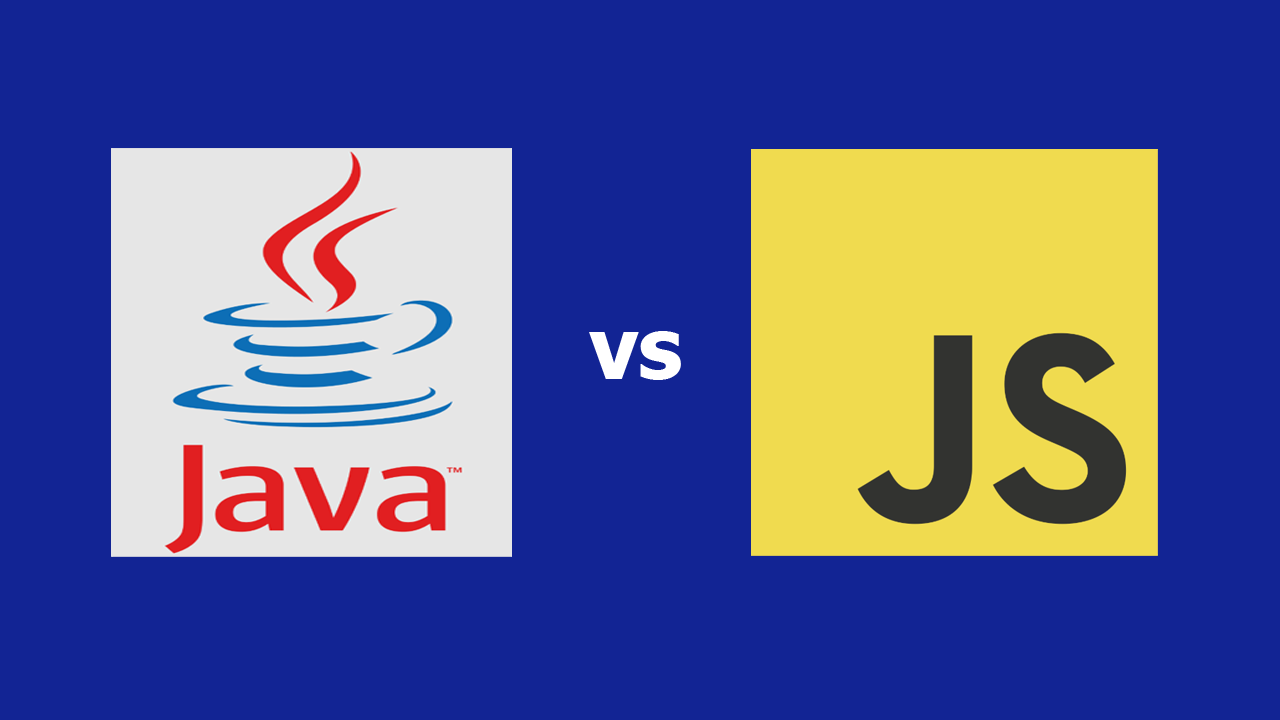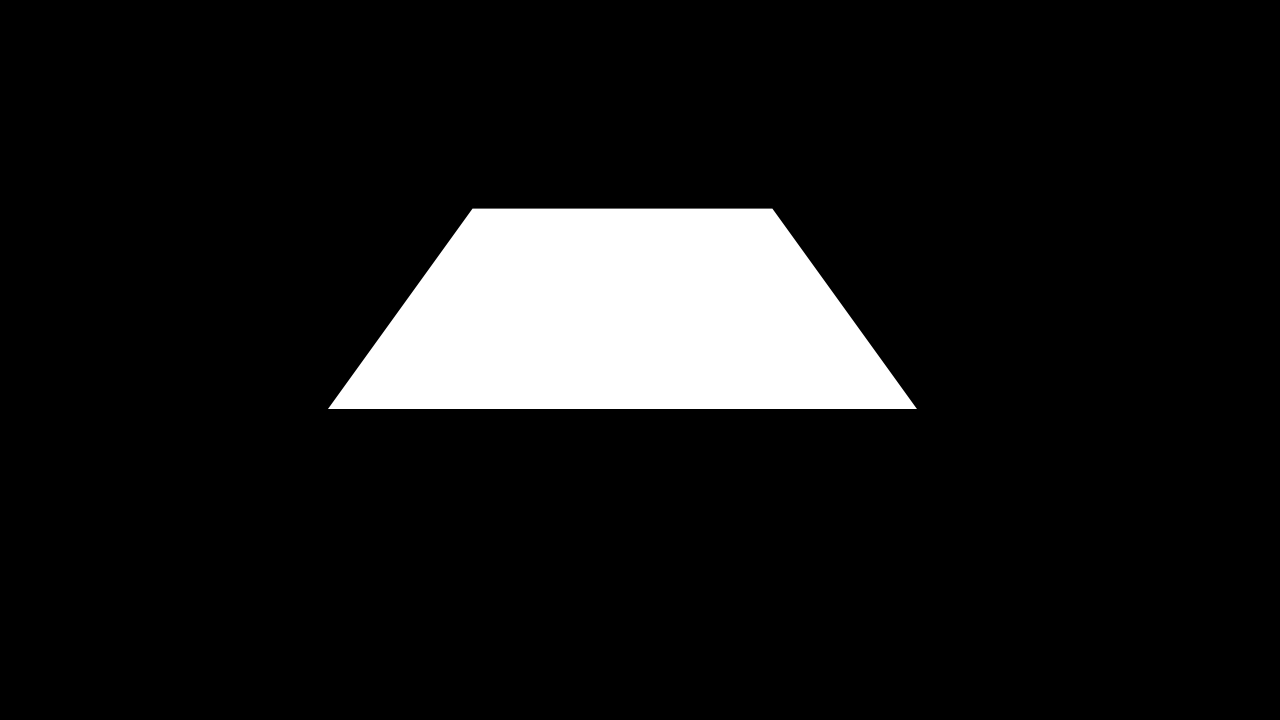Balancing Intelligence: Navigating the Edge AI and Cloud AI Equation in Modern Business

Image via Pexels As artificial intelligence becomes deeply embedded in modern business operations, companies face a pivotal decision: should they lean on centralized, cloud-based AI for scalability, or opt for the immediacy and autonomy of edge-based AI? This choice isn’t just technical—it affects cost structure, data privacy, system responsiveness, and operational agility. While each model offers clear benefits, the most future-ready organizations are increasingly blending the two to harness the strengths of both. This convergence, known as hybrid Edge-Cloud AI, may well define the next decade of intelligent systems. Closer to the Source, Faster to React Edge AI refers to the processing of data locally on a device or at a nearby server, rather than transmitting that data to the cloud for analysis. This design minimizes latency and reduces the bandwidth needed to send massive volumes of data over the internet. In time-sensitive environments like autonomous vehicles, smart manu...














